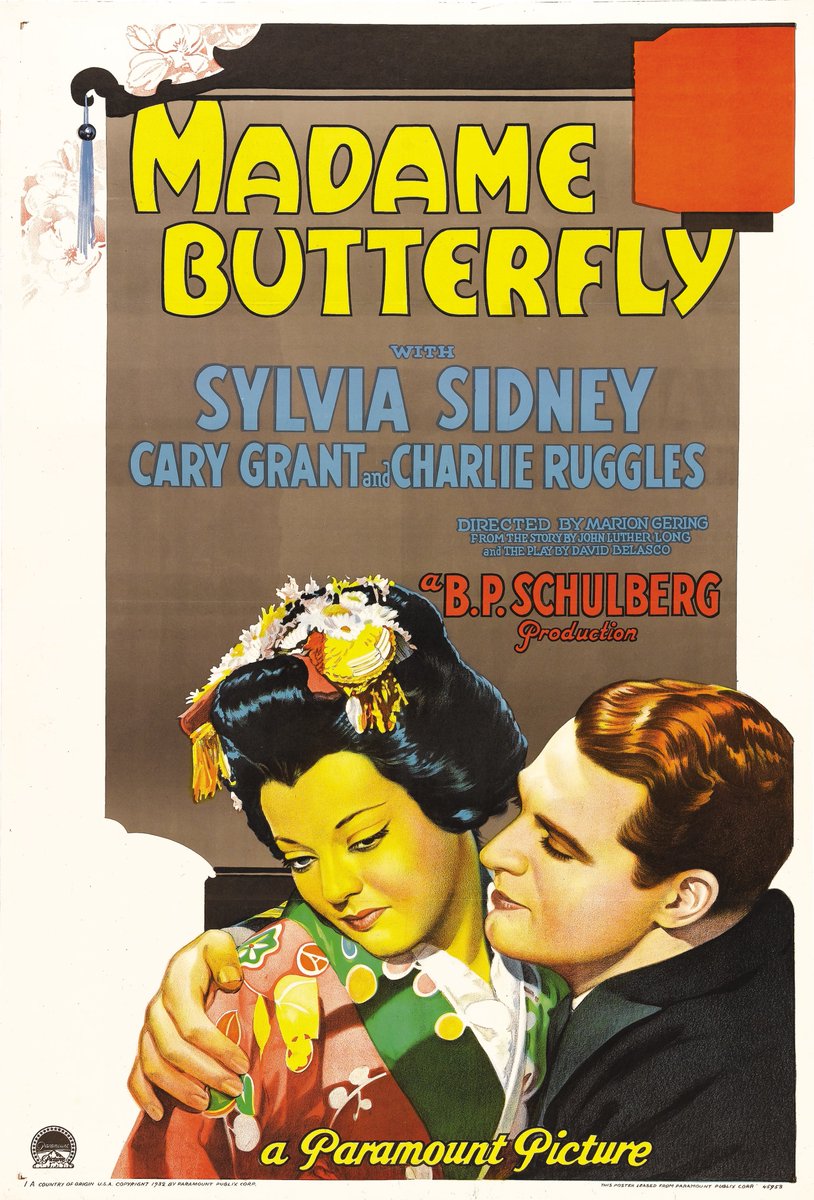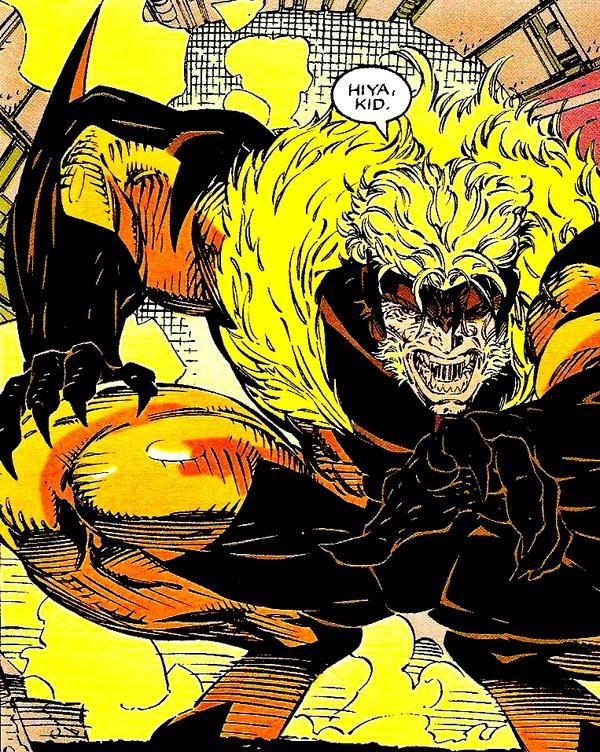
Mariko Yashida is a fairly minor character in UXM (though certainly not to Logan), but a fascinating one, situated within a complex nexus of historical and fictional Japanese women within the Western imaginary. #xmen #wolverine 1/8 

In an essay on Wolverine, Eric Sobel connects Logan/Mariko to the longstanding trope of “The Geisha and the White Man” which scholar Sheridan Prasso discusses as a Western media conception popularized by “Madame Butterfly” (beginning with Puccini’s 1904 opera version). 2/8 



This idea is broad, but tends to operate around a narrative in which the Geisha character is trapped by honour and duty – including a lack of agency within her society - and thus doomed by her tragic love for the white man. In Butterfly, her only option is suicide. 3/8 

This connects us to her other literary antecedent: Byrne based Mariko on Lady Mariko (from the 1975 James Clavell novel, ‘Shogun’) who was based on Hosokawa Gracia (1563-1600), a Christian convert who refused seppuku, thus challenging her culture’s views of women. 4/8 



Like Butterfly, Mariko too plans to commit seppuku in the Wolverine mini-series but is saved from that parallel portrayal by Logan’s heroics and sense of honor. Like Gracia, Mariko defies this fate and becomes a figure of cultural reinvention as her story advances in UXM. 5/8 

Additionally, Claremont finds angles by which to complicate Mariko’s depiction as the series moves forward, particularly in her becoming the head of Clan Yashida – a position of untold power – and in her rejecting Logan until she can prove herself worthy of him. 6/8 

Importantly, Mariko is (almost always) contrasted with Yukio, a character who is all about agency – though one who, also importantly, achieves said agency by operating outside the boundaries of her society in a variety of ways. 7/8 

In all this, Mariko is a character awash in some pivotal fictional portrayals through which Western society negotiates its perspectives on Japanese culture. 8/8 

• • •
Missing some Tweet in this thread? You can try to
force a refresh






















